Interview mit ruangrupa: "We see exhibitions as a device"
ruangrupa is a collective of artists, activists and architects, among others, from Jakarta, Indonesia, which was founded in 2000 and, in addition to a gallery, also runs a radio station, publishes a magazine and has launched an art festival. They will curate documenta fifteen in Kassel in 2022. Due to Corona, the planned meeting with them at the opening of the semester had to be postponed.
Lerchenfeld: “The next curator should be an artist!” was a central statement a few years ago to critically question the appropriation of artistic practice by curators. Would you agree with this demand? What do you as artists do differently compared to formally trained curators?
ruangrupa: First of all, we are a collective. For documenta fifteen we also follow collective working processes within the artistic team. Furthermore, as the collective ruangrupa, but also in the artistic team for documenta, we always bring together different fields of knowledge and artistic disciplines. So we are artists, musicians, architects—we don’t differentiate. The interfaces between these different forms of artistic expression are important to us; they allow interesting processes and movements to occur. For documenta fifteen we have also brought in colleagues in the artistic team who have worked as curators, educators, mediators and activists. This way of working is important to us because we think of curating from an artistic, polyphonic perspective and as a collaborative process.
Lf.: You once said in an interview: “Making exhibitions has nothing to do with democracy.” (Springerin, 2007) At the same time, you work collectively; you are building horizontal networks and infrastructures for cultural producers. How does this fit in with your curatorial work? Which strategies or approaches do you develop to create a counter-power to the hierarchies existing in the art and exhibition business?
ruangrupa: We see exhibitions as a device, a means to get somewhere else we are interested in. They’re not exhibitions for their own sake, and in this understanding something like “democracy” (a questionable notion itself) should not only be the subject of the exhibition, but should be imbued in the making of one. Horizontality is another one of those questionable notions. Horizontality is not a value in itself; sometimes it’s actually not a smart move to be horizontal, but it becomes useful in order to show that there is a plethora of ways to imagine and practice things differently than the destructive methods the mainstream is using right now. Furthermore, working horizontally also means that you have to decentralize yourself again and again.
Lf.: In your opinion, productivity and efficiency should no longer be the only indicators for measuring success. The current coronavirus crisis has shown this once again. Which categories would you prefer instead?
ruangrupa: Perseverance and robustness. How one practice could withstand challenges brought by both time and space. To be relevant, one should see oneself as a constituent of something bigger. If you are part of a robust ecosystem, your sustainability matters to more than yourself. It would make it impossible for you to sit still as well. The categories you enumerate are measurable, but for experiences and educational moments in and for an exhibition, they are not tangible and therefore not useful. We are interested in sustainability and we understand this aspect as a concept that encompasses all areas of exhibition making.
Lf.: Is an exhibition like documenta still able to reflect developments in art and society, or does it perhaps need completely different formats?
ruangrupa: It could and should be. What we can answer is how it could still be important for us and our practice, and thus our relevant ecosystems. Questions on formats follow this trajectory of logic. The process will show what type of format(s) would be best to answer the challenges we are facing right now.
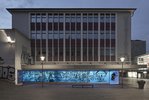




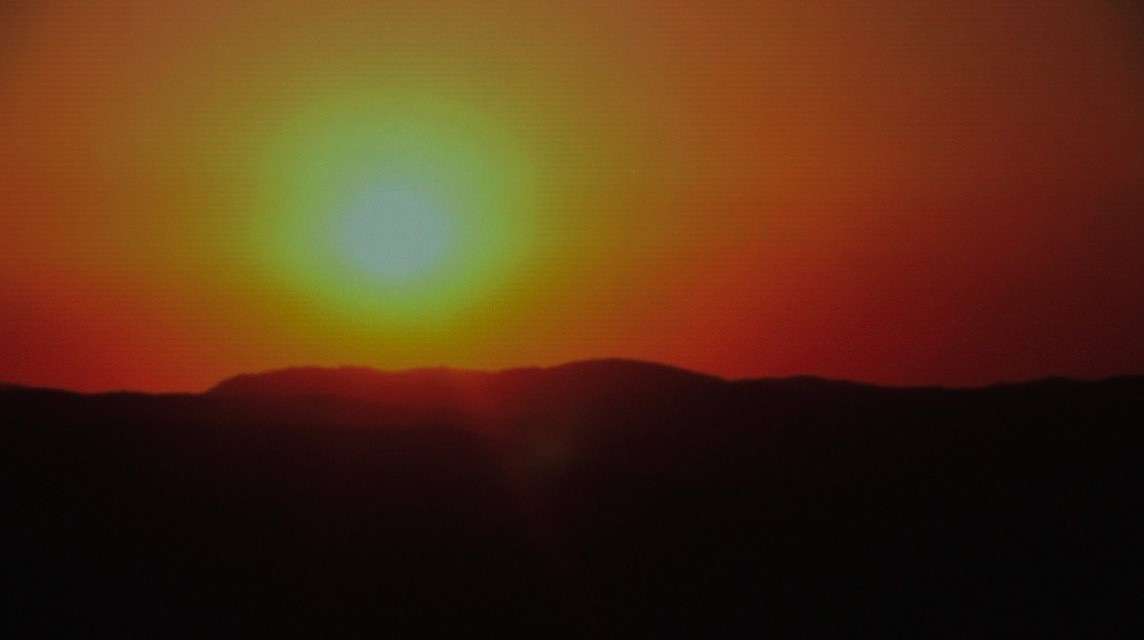







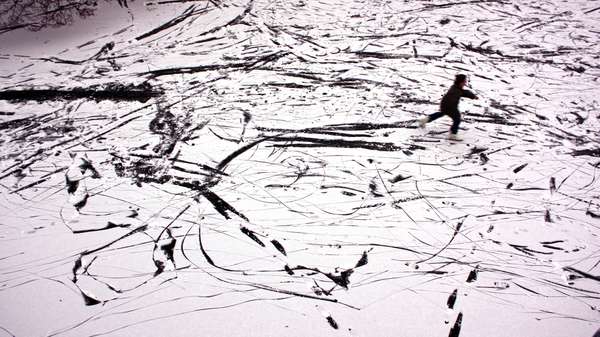
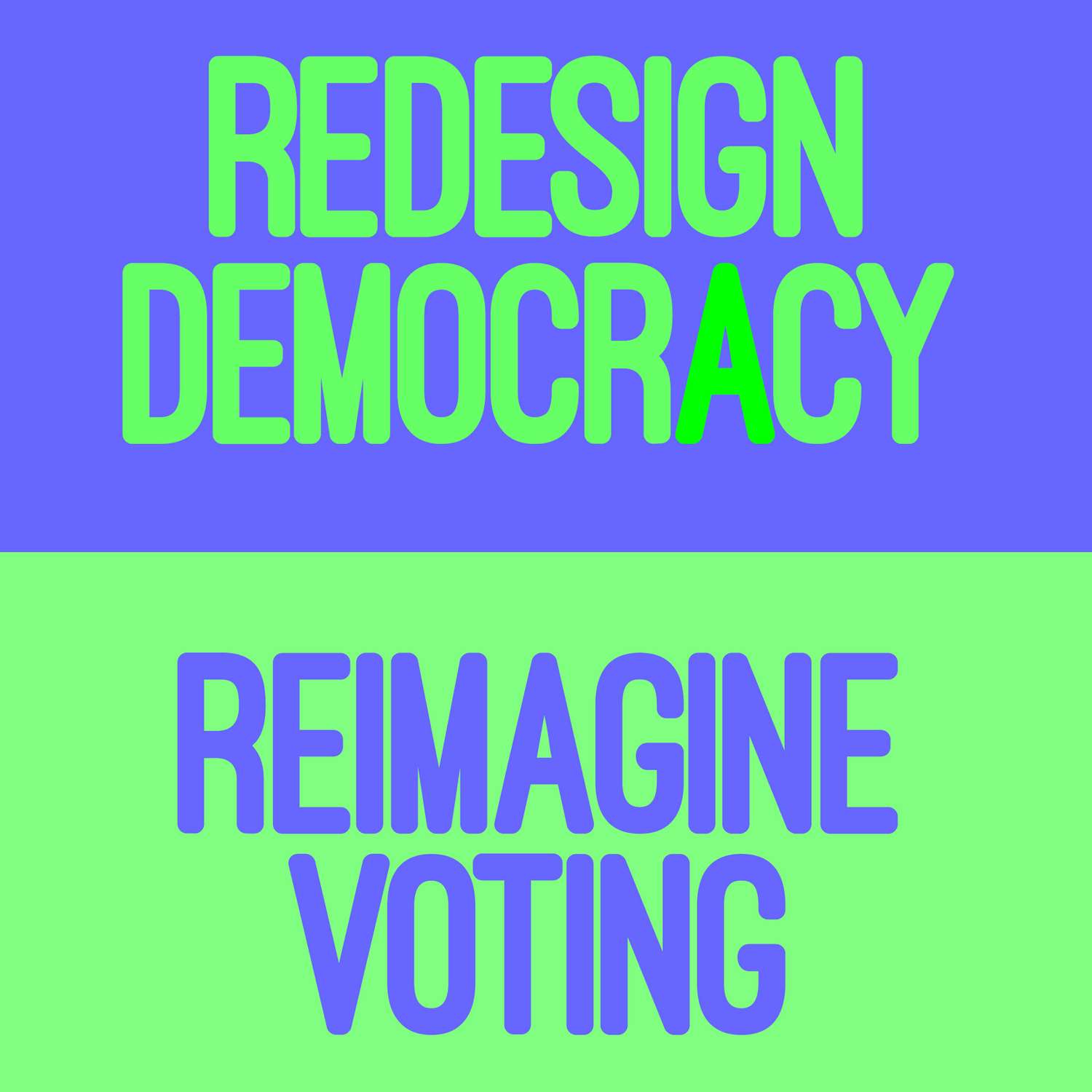
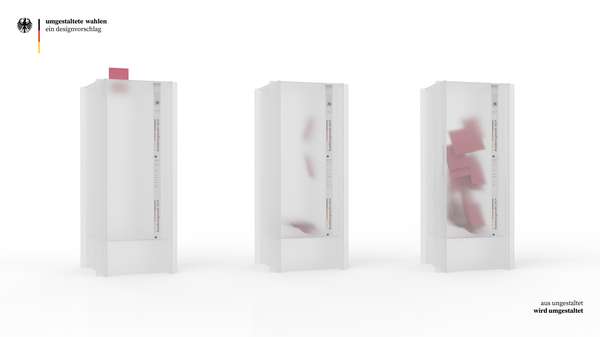






















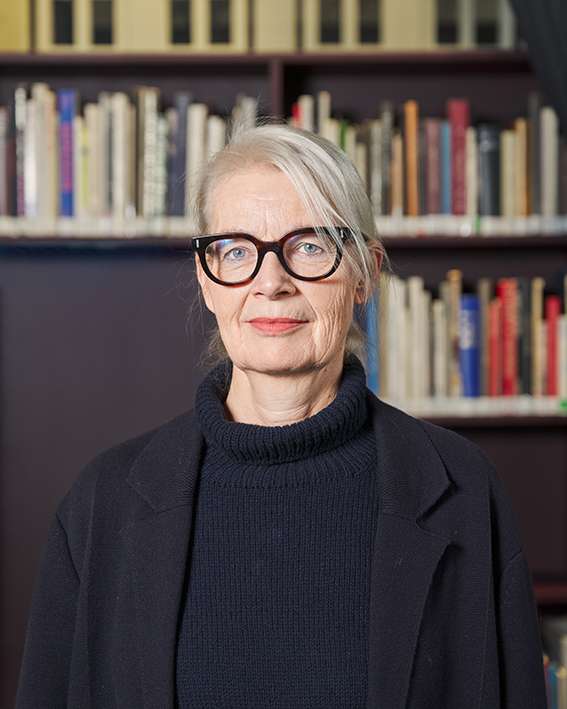









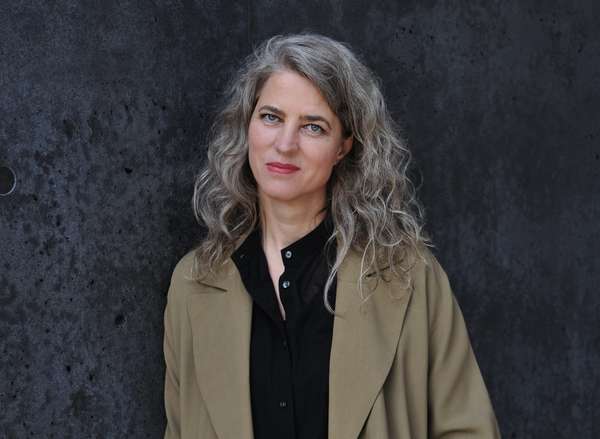




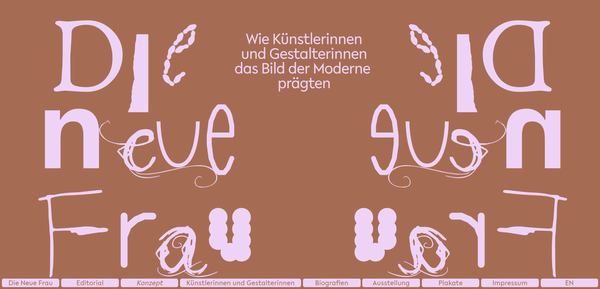

















































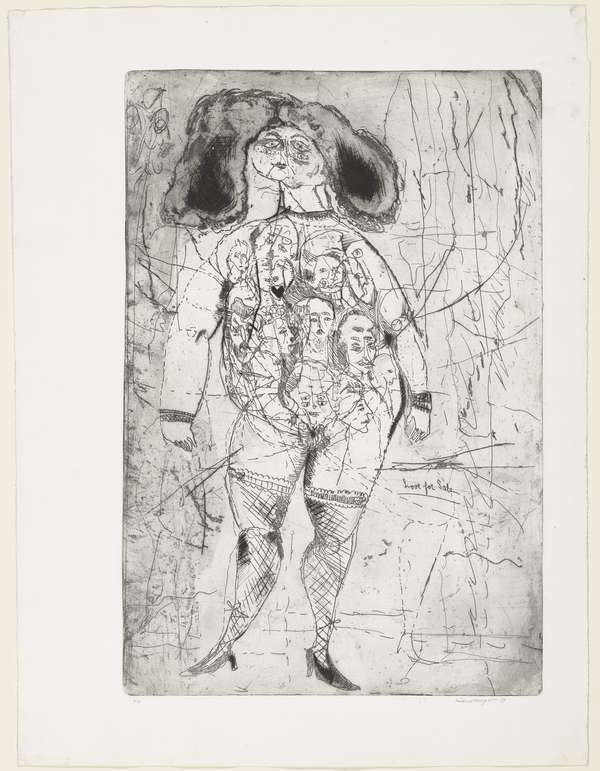



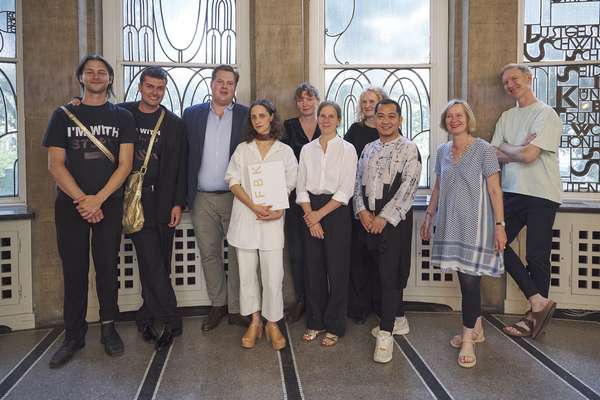



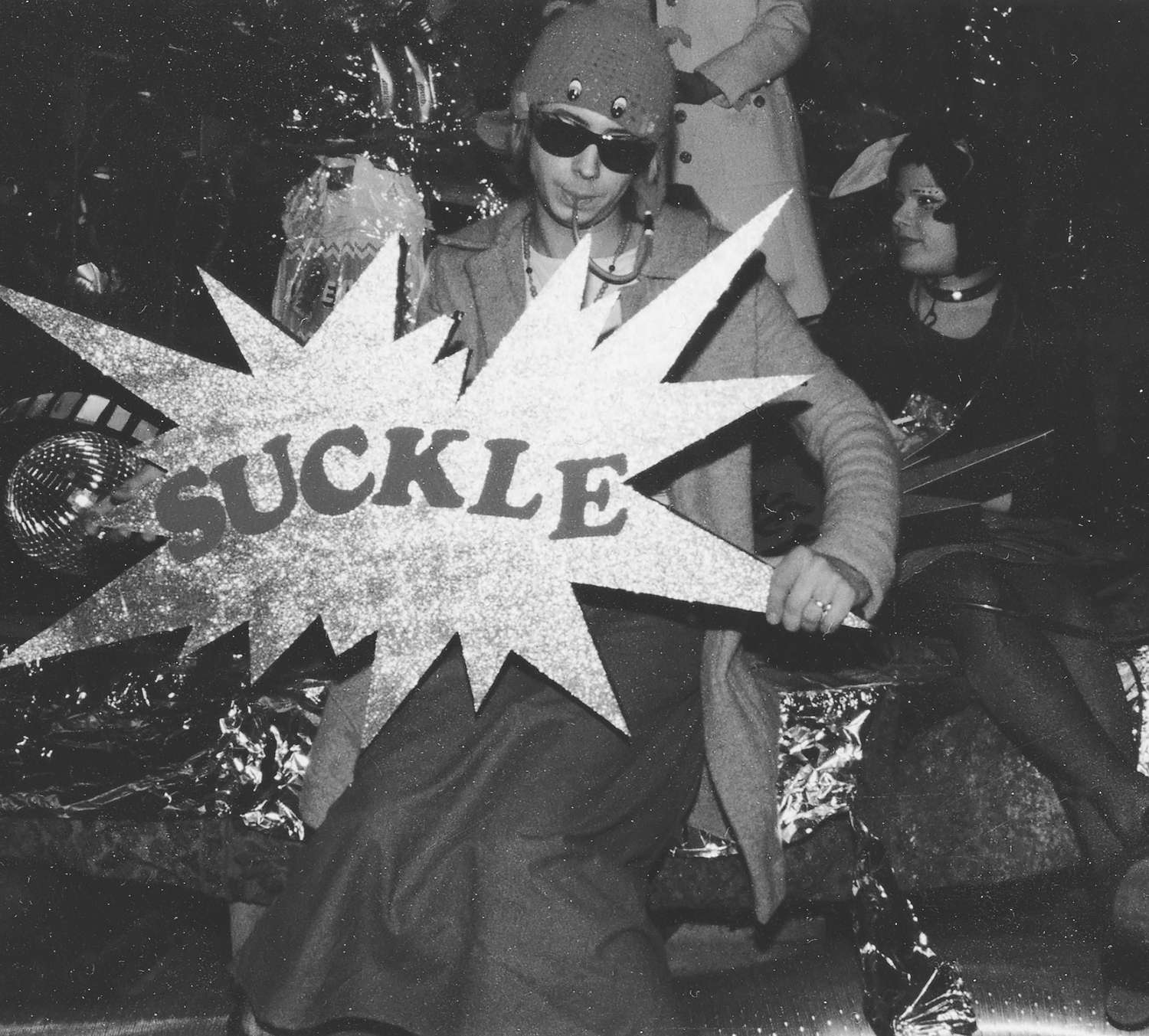





















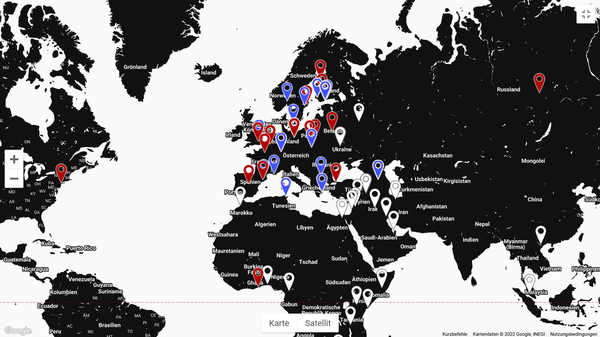











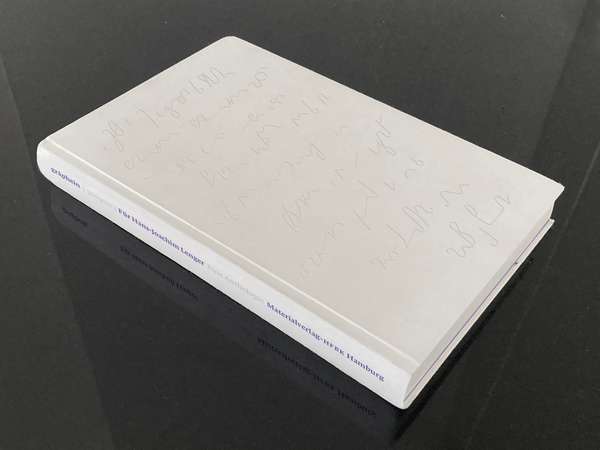



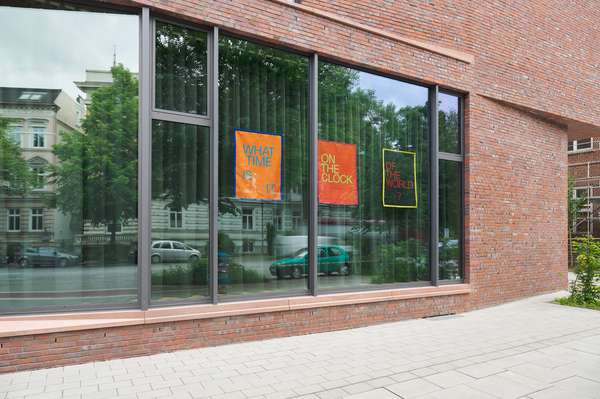


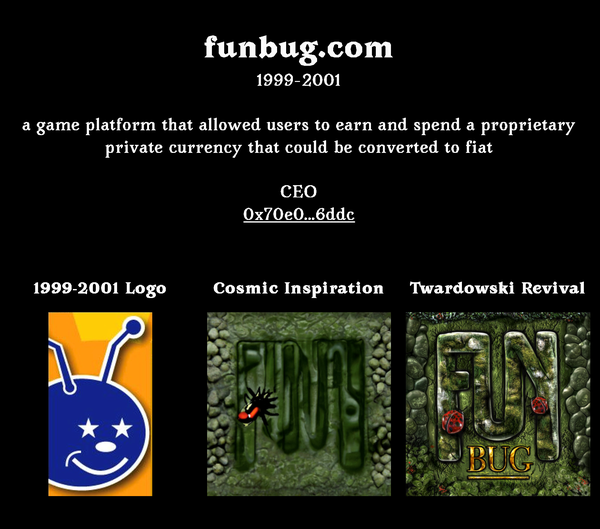







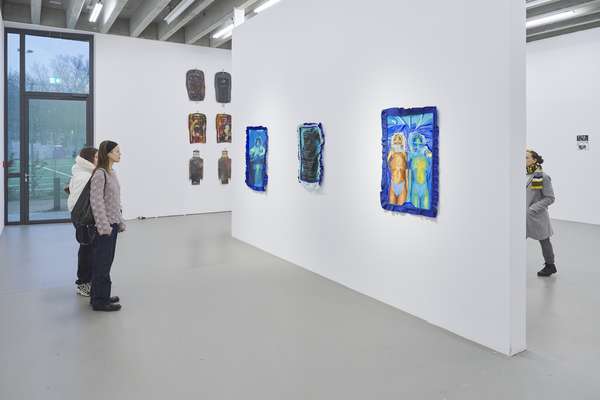



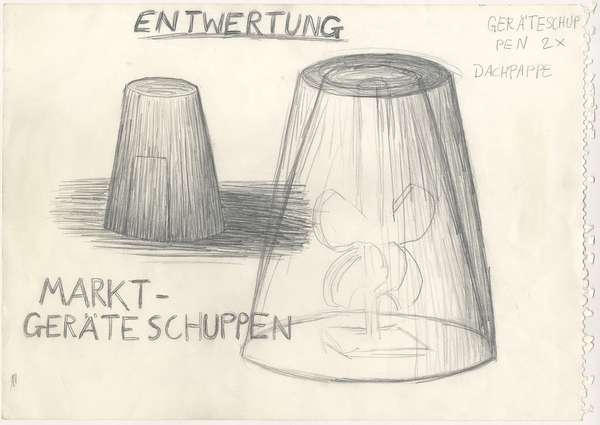











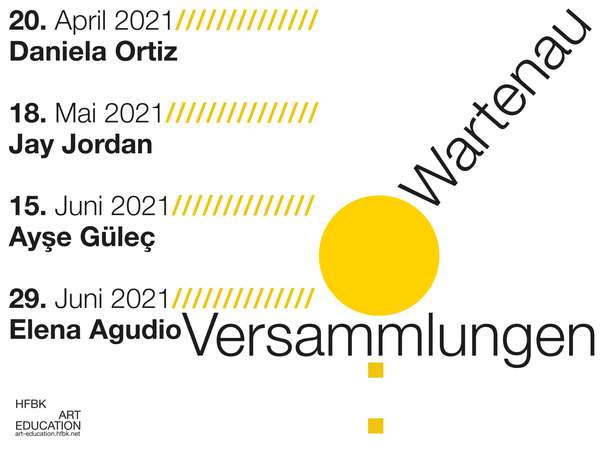











































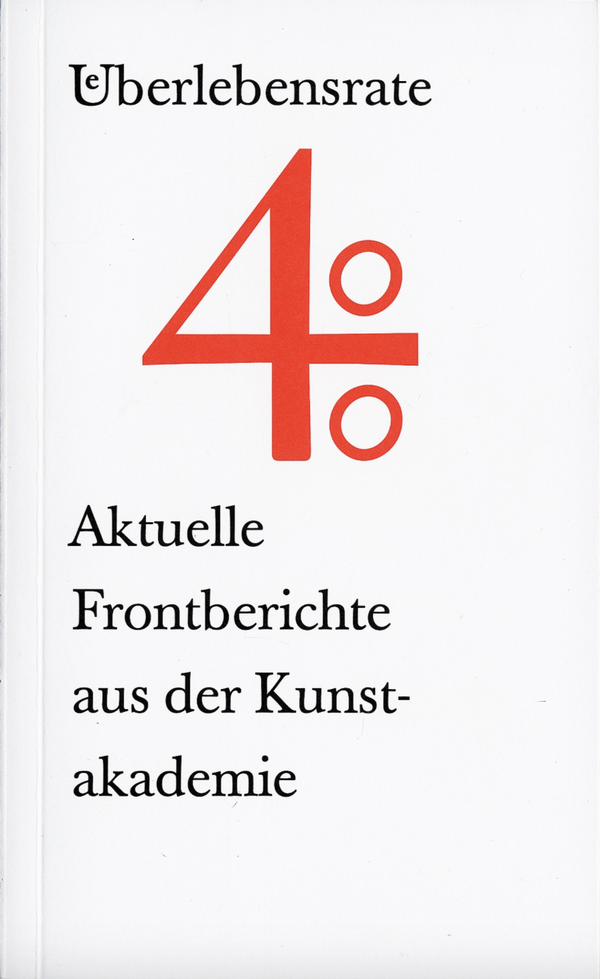




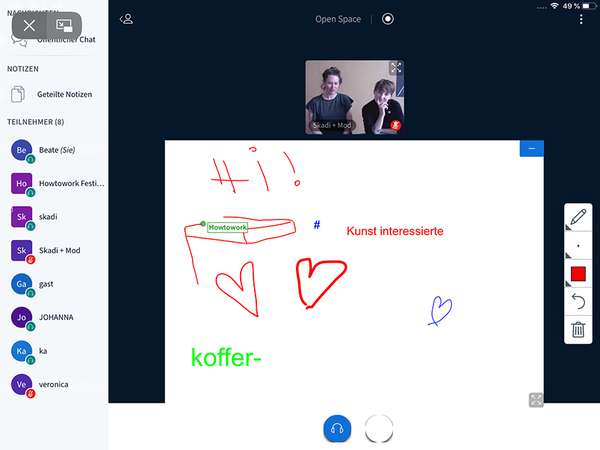


 Graduate Show 2025: Don't stop me now
Graduate Show 2025: Don't stop me now
 Lange Tage, viel Programm
Lange Tage, viel Programm
 Cine*Ami*es
Cine*Ami*es
 Redesign Democracy – Wettbewerb zur Wahlurne der demokratischen Zukunft
Redesign Democracy – Wettbewerb zur Wahlurne der demokratischen Zukunft
 Kunst im öffentlichen Raum
Kunst im öffentlichen Raum
 How to apply: Studium an der HFBK Hamburg
How to apply: Studium an der HFBK Hamburg
 Jahresausstellung 2025 an der HFBK Hamburg
Jahresausstellung 2025 an der HFBK Hamburg
 Der Elefant im Raum – Skulptur heute
Der Elefant im Raum – Skulptur heute
 Hiscox Kunstpreis 2024
Hiscox Kunstpreis 2024
 Die Neue Frau
Die Neue Frau
 Promovieren an der HFBK Hamburg
Promovieren an der HFBK Hamburg
 Graduate Show 2024 - Letting Go
Graduate Show 2024 - Letting Go
 Finkenwerder Kunstpreis 2024
Finkenwerder Kunstpreis 2024
 Archives of the Body - The Body in Archiving
Archives of the Body - The Body in Archiving
 Neue Partnerschaft mit der School of Arts der University of Haifa
Neue Partnerschaft mit der School of Arts der University of Haifa
 Jahresausstellung 2024 an der HFBK Hamburg
Jahresausstellung 2024 an der HFBK Hamburg
 (Ex)Changes of / in Art
(Ex)Changes of / in Art
 Extended Libraries
Extended Libraries
 And Still I Rise
And Still I Rise
 Let's talk about language
Let's talk about language
 Graduate Show 2023: Unfinished Business
Graduate Show 2023: Unfinished Business
 Let`s work together
Let`s work together
 Jahresausstellung 2023 an der HFBK Hamburg
Jahresausstellung 2023 an der HFBK Hamburg
 Symposium: Kontroverse documenta fifteen
Symposium: Kontroverse documenta fifteen
 Festival und Symposium: Non-Knowledge, Laughter and the Moving Image
Festival und Symposium: Non-Knowledge, Laughter and the Moving Image
 Einzelausstellung von Konstantin Grcic
Einzelausstellung von Konstantin Grcic
 Kunst und Krieg
Kunst und Krieg
 Graduate Show 2022: We’ve Only Just Begun
Graduate Show 2022: We’ve Only Just Begun
 Der Juni lockt mit Kunst und Theorie
Der Juni lockt mit Kunst und Theorie
 Finkenwerder Kunstpreis 2022
Finkenwerder Kunstpreis 2022
 Nachhaltigkeit im Kontext von Kunst und Kunsthochschule
Nachhaltigkeit im Kontext von Kunst und Kunsthochschule
 Raum für die Kunst
Raum für die Kunst
 Jahresausstellung 2022 an der HFBK Hamburg
Jahresausstellung 2022 an der HFBK Hamburg
 Conference: Counter-Monuments and Para-Monuments
Conference: Counter-Monuments and Para-Monuments
 Diversity
Diversity
 Live und in Farbe: die ASA Open Studios im Juni 2021
Live und in Farbe: die ASA Open Studios im Juni 2021
 Vermitteln und Verlernen: Wartenau Versammlungen
Vermitteln und Verlernen: Wartenau Versammlungen
 Schule der Folgenlosigkeit
Schule der Folgenlosigkeit
 Jahresausstellung 2021 der HFBK Hamburg
Jahresausstellung 2021 der HFBK Hamburg
 Semestereröffnung und Hiscox-Preisverleihung 2020
Semestereröffnung und Hiscox-Preisverleihung 2020
 Digitale Lehre an der HFBK
Digitale Lehre an der HFBK
 Absolvent*innenstudie der HFBK
Absolvent*innenstudie der HFBK
 Wie politisch ist Social Design?
Wie politisch ist Social Design?